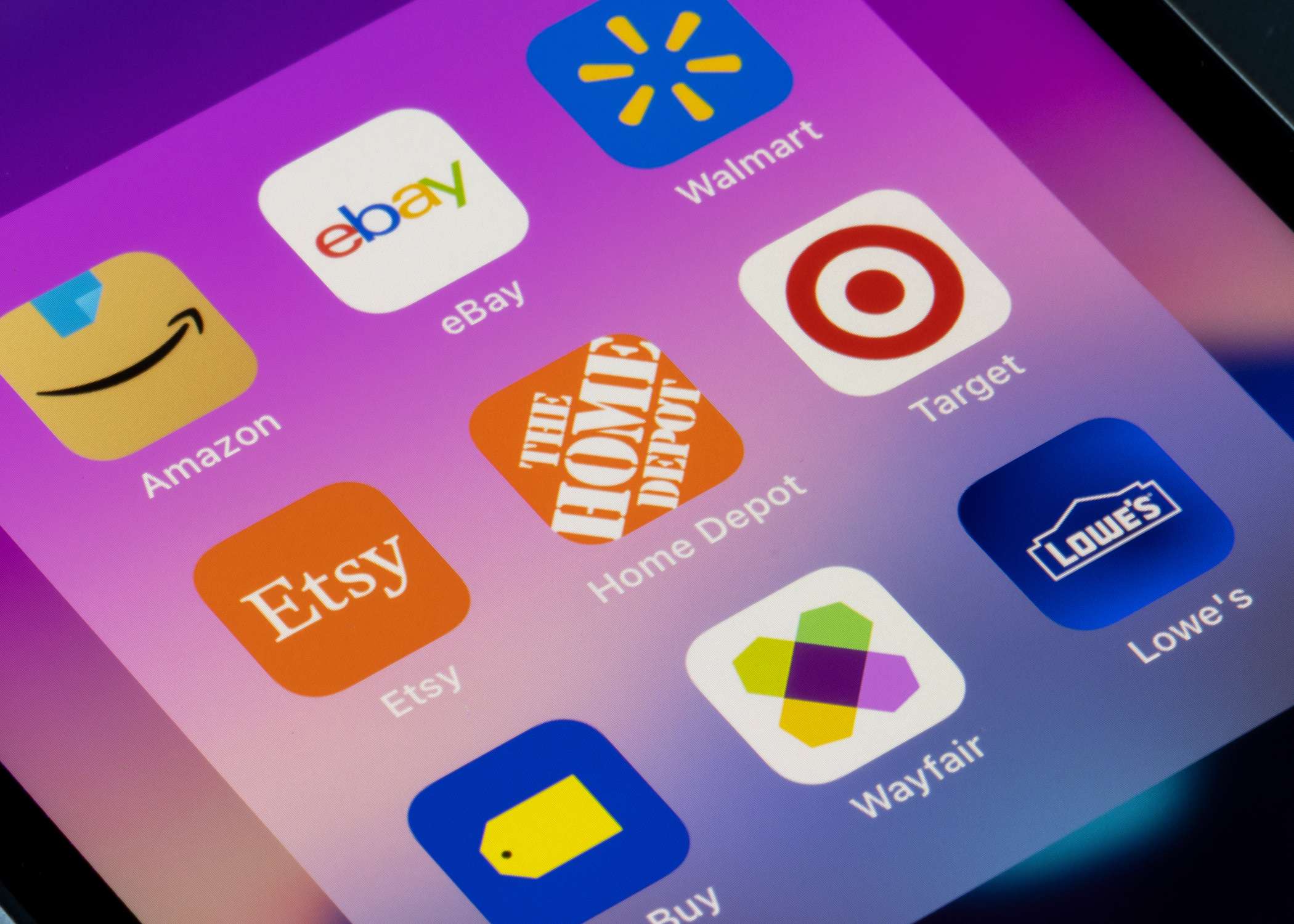How to Build a Retail Media Keyword Strategy for Any Business Objective

October 30, 2023

CPG brands looking for sales acceleration in the new year know that a comprehensive approach to Retail Media Network strategy is necessary. And an intelligent media strategy begins with your keyword planning. Bold Sr. Director Media Erik Carlson explains BOLD’s proven methodology of retail media network keyword building for our CPG brand clients.
Keyword methodology in the context of Retail Media Networks refers to the strategic use of keywords to optimize advertising and product placement within an e-commerce platform.
Keyword research and selection is crucial to the success of any online business. This valuable insight into your target customer’s online queries not only drives traffic but can also help inform content strategy and your larger overall marketing strategy. BOLD’s playbook for strategic keyword analysis includes tools, machine learning, and analytics for quickly researching and determining which keywords specific to your brand will give your business the biggest boost.
The BOLD Keyword Framework
Based on the research, we identify our goals for retail media and build a detailed keyword plan directly related to products. These keywords are chosen to attract the desired target audience.
It is important to note that retailers may have different capabilities when building campaigns. But having these keyword groups can provide a headstart in delivering on your business goals.
A BOLD keyword framework includes seven primary keyword groups.
AUTO - Use Retailer's automated targeting capabilities to assign relevant keywords and targeting placements. The auto keyword group harvests new opportunities for other keyword groups and, generally, drives performance.
BRAND - This keyword group will defend your brand against competitive conquesting and reveal search volume against your branded terms. Used to drive same SKU sales or drive upsell opportunities and/or across sales for SKUs a brand is looking to highlight
OWN - Keywords that are priorities for the brand that drive the highest efficiency and are most effective. These are must-win keywords for a brand and/or subline of products and are more specific than general.
FOCUS - Strategic keywords the brand must play within to maintain a healthy presence in the category. These are generally one or two steps broader than OWN.
AWARE - Raise awareness and develop a deeper relationship with potential customers based on broad but category-relevant keywords. You have control over who you target and the keyword bid amounts.
OPP - These keywords don’t necessarily fit your product category. These could be directed to affinity categories or unvetted yet trending keywords. The words and phrases in this group may not have substantial volume but can drive discovery for your brand. They can also be fantastic indicators of category shifts or disruptors.
CONQ - Target competitor products and brands to increase awareness and consideration of your product or brand. Unlocks the ability to identify which brands users switch from when purchasing your brand.
Identifying Budgets and Keyword Building
Once your brand’s keywords have been researched and grouped, you’ll have to determine budget and bidding strategies. For BOLD clients, we recommend investment levels assigned by keyword group.
Investment levels can be shifted between keyword groups, but those levels should always align with your brand's overall business objectives. For example, if an established brand wants to maintain a very healthy RoAS while driving brand loyalty and lifetime value, it may invest a large portion of its budget to Brand. A more junior brand may have limited brand recognition and would need to focus on driving conversion and trial where they would want to focus on their “Own” (and potentially) “Focus” keyword group).
The table below will show example investment levels of each scenario listed above. While these are high-level examples, a proper budget breakout needs to account for the current state of the marketplace, competition, brand health, and any business goals. Strategic investment levels by keyword group should also be modified based on retailer partner, depending on the capabilities and state of each market.
Example 1: Established brand looking for high RoAS and to drive brand loyalty
|
Keyword Group |
Investment % |
| AUTO | 18% |
| BRAND | 40% |
| OWN | 15% |
| FOCUS | 12% |
| AWARE | 5% |
| OPP | 5% |
| CONQ | 5% |
Example 2: Junior brand with limited recognition needing to drive conversion and trial
|
Keyword Group |
Investment % |
| AUTO | 25% |
| BRAND | 8% |
| OWN | 30% |
| FOCUS | 20% |
| AWARE | 10% |
| OPP | 5% |
| CONQ | 2% |
Tracking and Optimizing
Once a retail media strategy is implemented, the work has only just begun! At BOLD, we continuously monitor the performance of your brand’s keyword-based advertising campaigns. This involves tracking metrics such as click-through rates (CTR), conversion rates (CVR), and return on ad spend (ROAS) to determine the effectiveness of your program.
Based on the performance data, brands should adjust keyword strategy by refining the list of keywords and adjusting bids. BOLD’s Grow process includes iterative work to improve the return on ad spend and achieve the identified business goals of the Retail Media Network advertising efforts.
Brands should also use keyword performance to optimize product listings and content to improve the visibility of products when customers search for those terms.
Final Thoughts
The promise of a new year is on the horizon, and CPG brands are gearing up for a spectacular 2024. By effectively leveraging keyword methodology, Retail Media Networks can better connect with potential customers and increase their visibility within e-commerce platforms, ultimately driving more sales and revenue.
How can we help your brand’s retail media strategy? Connect with our team to discover how our approach can transform your digitally-influenced sales.